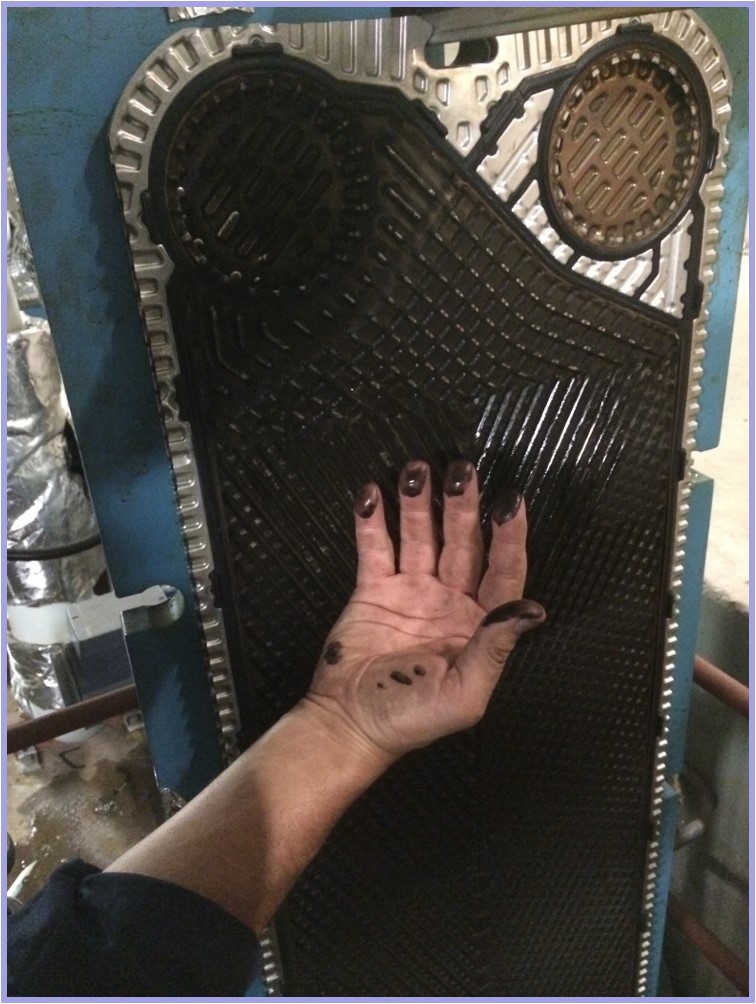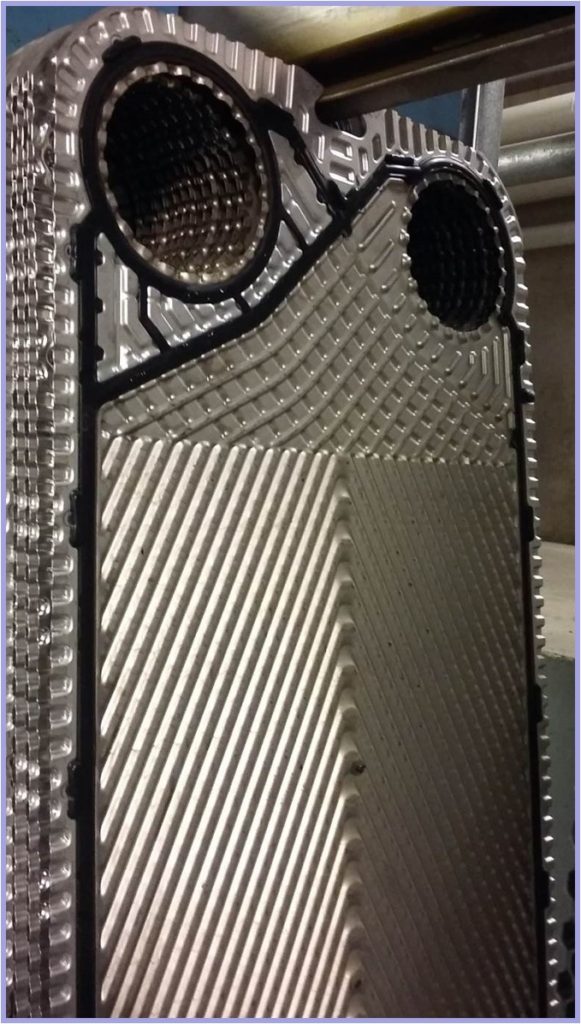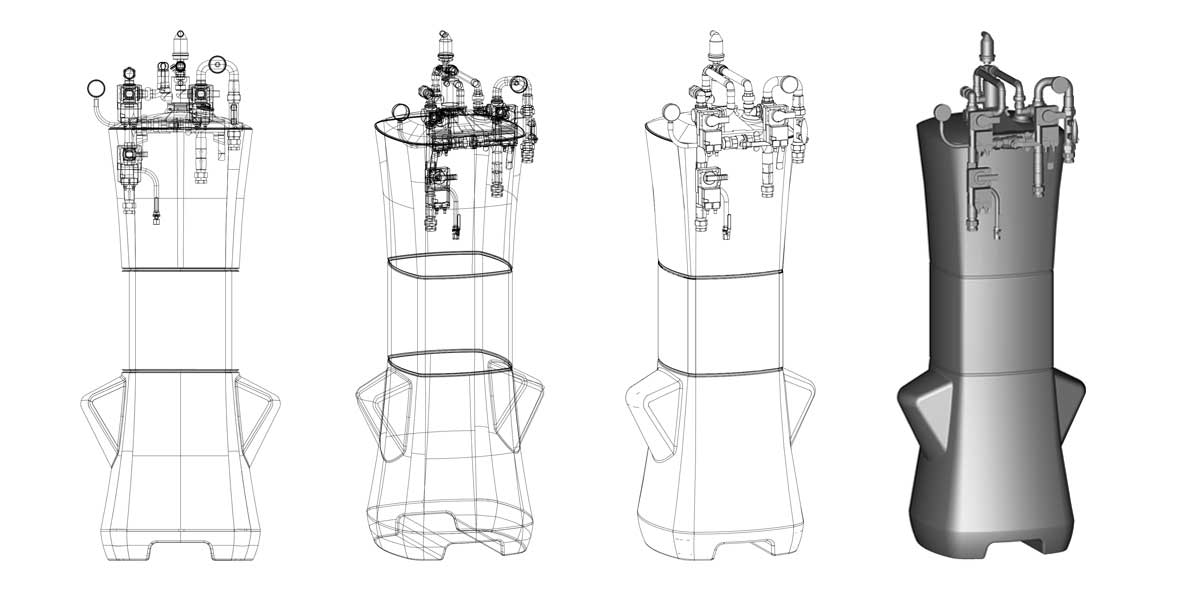The NHS has a target to reduce greenhouse gas emissions directly under its control to net zero by 2040, with an interim target of an 80% cut between 2028 and 2032. As the largest healthcare organisation in the world, that’s a significant challenge. Savings must be found wherever possible, and this includes its water systems.
One result of the net zero goal is that many hospital estates and facilities teams are taking the steam out of their buildings. Creating steam in hospitals requires a lot of energy, so de-steaming is one of the most effective methods to shrink a building’s carbon footprint and reduce energy costs. For example, the Royal Berkshire Foundation Trust notes that its de-steaming project has generated a saving of 800 tonnes of CO2 per year*.
The government is also incentivising new approaches to heating through its Public Sector Decarbonisation Scheme (often referred to as the ‘Salix Scheme’). Hospitals across the UK have taken the opportunity to decarbonise by switching out old gas boilers and high-temperature systems to use alternatives such as heat pumps.
Refurbishing and renewing hospital heating and hot water provision is a great opportunity to re-think other aspects of hospital water systems.
Enwa’s team of experts has worked in many healthcare buildings, and a key objective is to prolong the life of new plant post refurbishment. We know that poor water quality can have significant detrimental effects on the performance of any HVAC system as corrosion, and suspended solids can quickly cause problems in new equipment.
In many cases it can be impractical to upgrade the entire distribution network and problems caused by historical debris typically manifest where control is needed the most. (see our images of fouled plate heat exchangers). And if the water is contaminated with debris, the water’s energy transport characteristics are reduced. Particles of iron, for example, hold heat and reduce the transfer efficiency at heat exchange surfaces. Boilers and chillers will operate less efficiently, as Delta T values are not achieved, while pumps may have to work harder to meet demands or overcome local flow restrictions.


One of the challenges, particularly when refurbishing older hospitals, is that new HVAC equipment is designed to be more efficient, with the inclusion of smaller, narrower waterways, creating more potential for blockage.
These issues caused by poor water quality can result in higher energy use, just when the hospital has invested in saving energy. This is why Enwa advises engineers working on hospital HVAC upgrades for healthcare buildings to consider water treatment a vital part of an energy-efficient system. Our EnwaMatic Side Stream system picks up debris less than 10 microns and pH regulation assists with corrosion inhibition (as well as bacterial growth).
What’s more, because EnwaMatic is a preventative approach to water treatment (rather than reactive) it ensures that problems such as build-up and blockages are stopped before they start. So a hospital will get the most from their capital investment in new, energy-efficient systems and see long-term safe and effective heating and hot water operation.
Not only does this provide peace of mind for time-pressed hospital facilities teams, but it also means that the NHS can transition successfully to a low-carbon and energy-efficient future.
Recent de-steaming projects including EnwaMatic have been at St Helier, Epsom, Charring Cross, Basildon and Broomfield Hospitals.







